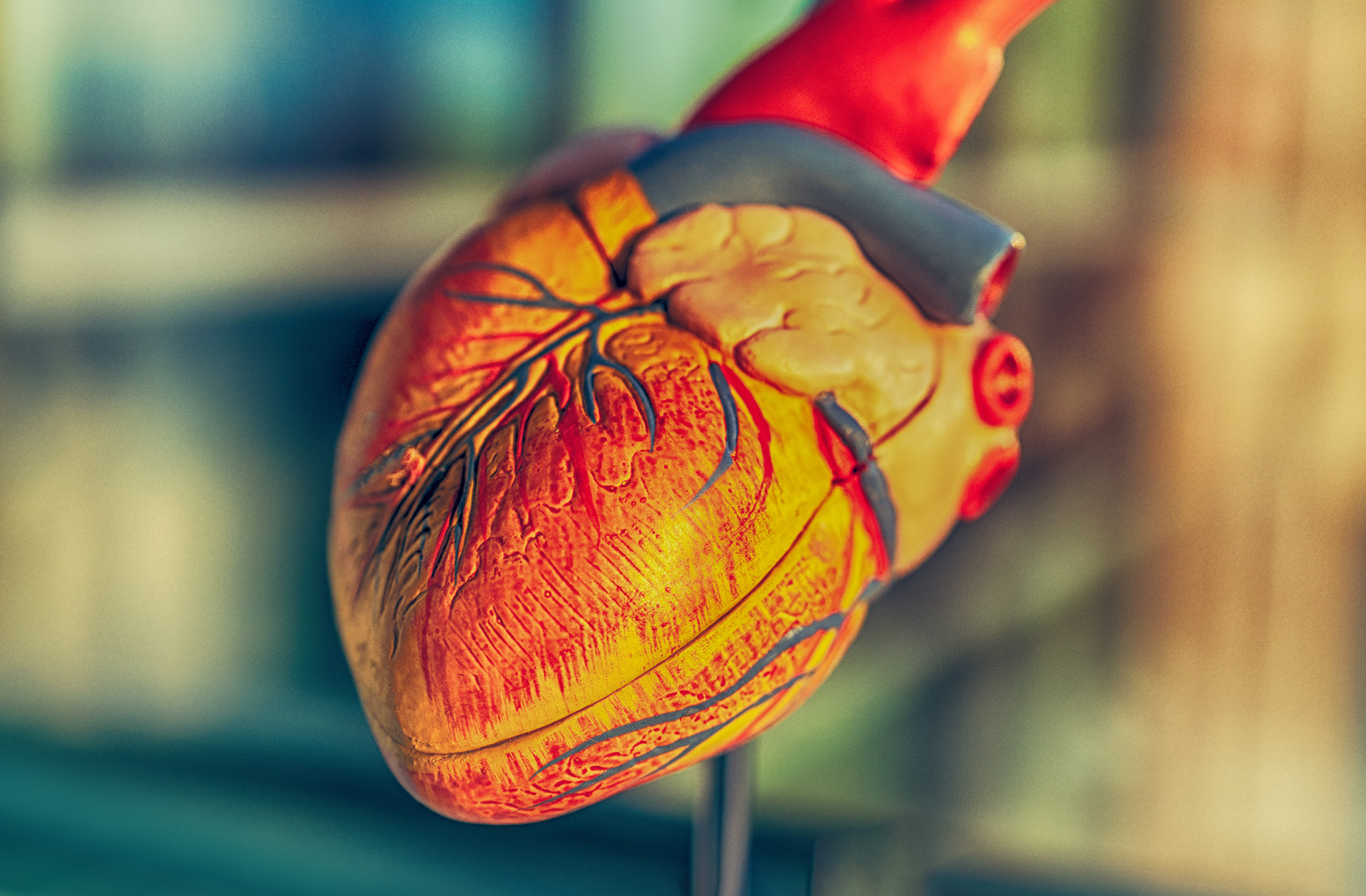by William D. Brearley Jr., MD, FACC, Lexington Medical Heart and Vascular Center
Knowing the facts about heart disease can help you proactively take steps to maintain your heart health. Here are five common myths about heart disease—and the facts that debunk them.
Myth 1: Heart disease only affects older adults.
The Reality: While the risk of heart disease increases with age, it can affect people of all ages. Factors such as obesity, poor diet, smoking and lack of exercise can lead to heart disease in younger individuals. Additionally, conditions like congenital heart defects can affect individuals from birth. Even teenagers and young adults can develop conditions like high cholesterol or high blood pressure that increase their risk. Adopting heart-healthy habits early in life is crucial to reduce long-term risks.
Myth 2: If you have no symptoms, your heart is healthy.
The Reality: Heart disease often develops silently over time and may not present symptoms until a serious event like a heart attack occurs. Conditions such as high blood pressure and high cholesterol are often referred to as "silent killers" because they cause significant damage to the body before you're aware it's happening. For example, plaque buildup in arteries (atherosclerosis) can progress for years without symptoms. Regular check-ups and screenings, such as cholesterol tests and blood pressure monitoring, are essential for early detection and prevention.
Myth 3: Heart disease is primarily a man's problem.
The Reality: Heart disease is the leading cause of death for both men and women. However, women may experience different symptoms during a heart attack, such as nausea, fatigue, and back or jaw pain, which can lead to misdiagnosis or delayed treatment. Women also face unique risk factors, such as pregnancy-related complications like preeclampsia and gestational diabetes, which can increase the likelihood of heart disease later in life. No matter your gender, it's important for everyone to understand their risk factors and symptoms and to advocate for their heart health.
Myth 4: Exercise is dangerous for people with heart disease.
The Reality: In most cases, regular physical activity is beneficial for heart health, even for those with heart disease. Exercise can strengthen the heart muscle, improve circulation, lower blood pressure and cholesterol levels and help you maintain a healthy weight. For individuals with heart conditions, supervised cardiac rehabilitation programs can provide a safe, structured environment to engage in physical activity. Always consult a doctor before starting a new exercise routine, especially if you have a heart condition, to ensure the exercises are safe and tailored to your needs.
Myth 5: Heart disease is inevitable if it runs in your family.
The Reality: Genetics can play a role in heart disease, but lifestyle choices you make have a major impact on your risk levels. Lower your risk for heart disease by:
- Eating a balanced diet rich in fruits, vegetables, whole grains, and lean proteins. Studies have linked the Mediterranean diet with lower risk factors for heart disease, such as high cholesterol and high blood pressure.
- Maintaining a healthy weight
- Staying active
- Avoiding smoking
- Managing stress

William D. Brearley Jr., MD, FACC, Lexington Medical Heart and Vascular Center





